- Home
- Electrical
- Electrical Connectors Wiring Devices
- Plugs Receptacles Wiring Devices
- Nema Locking Blade Plugs Receptacles
.....Read More
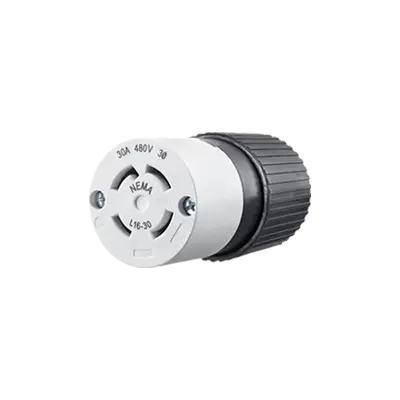
Industrial Locking-Blade Connectors
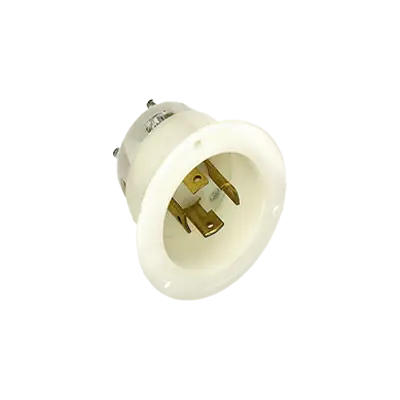
Industrial Locking-Blade Inlets
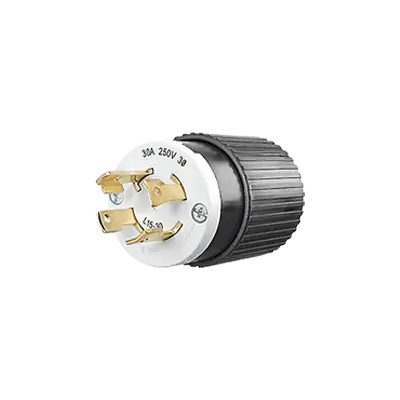
Industrial Locking-Blade Plugs
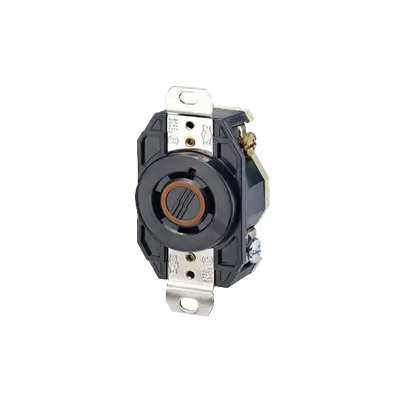
Industrial Locking-Blade Receptacles
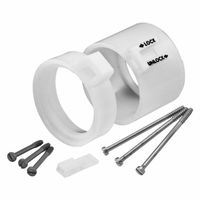
Locking-Blade Accessories & Replacement Parts
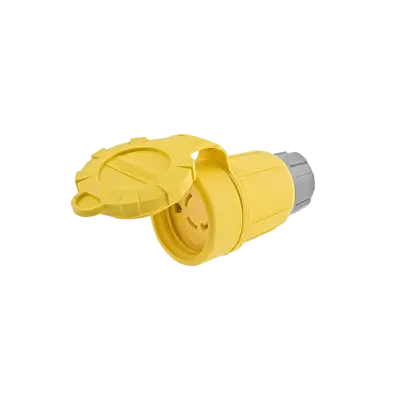
Watertight Locking-Blade Connectors

Watertight Locking-Blade Inlets
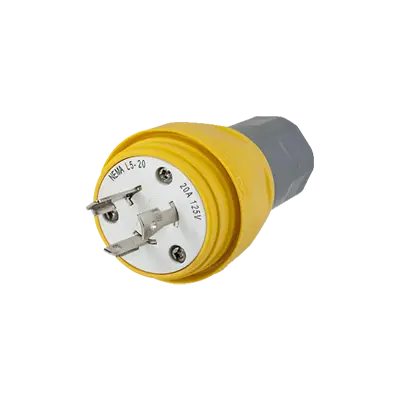
Watertight Locking-Blade Plugs

Watertight Locking-Blade Receptacles
Frequently Asked Questions
What are NEMA locking-blade plugs and receptacles?
How do NEMA locking devices prevent unintended disconnections?
What are the different current ratings for NEMA devices?
How do NEMA pin/socket configurations prevent mismatched connections?
What is the difference between plugs, connectors, receptacles, and inlets in NEMA devices?
How do you install a NEMA receptacle?
What are the common applications for NEMA locking devices?